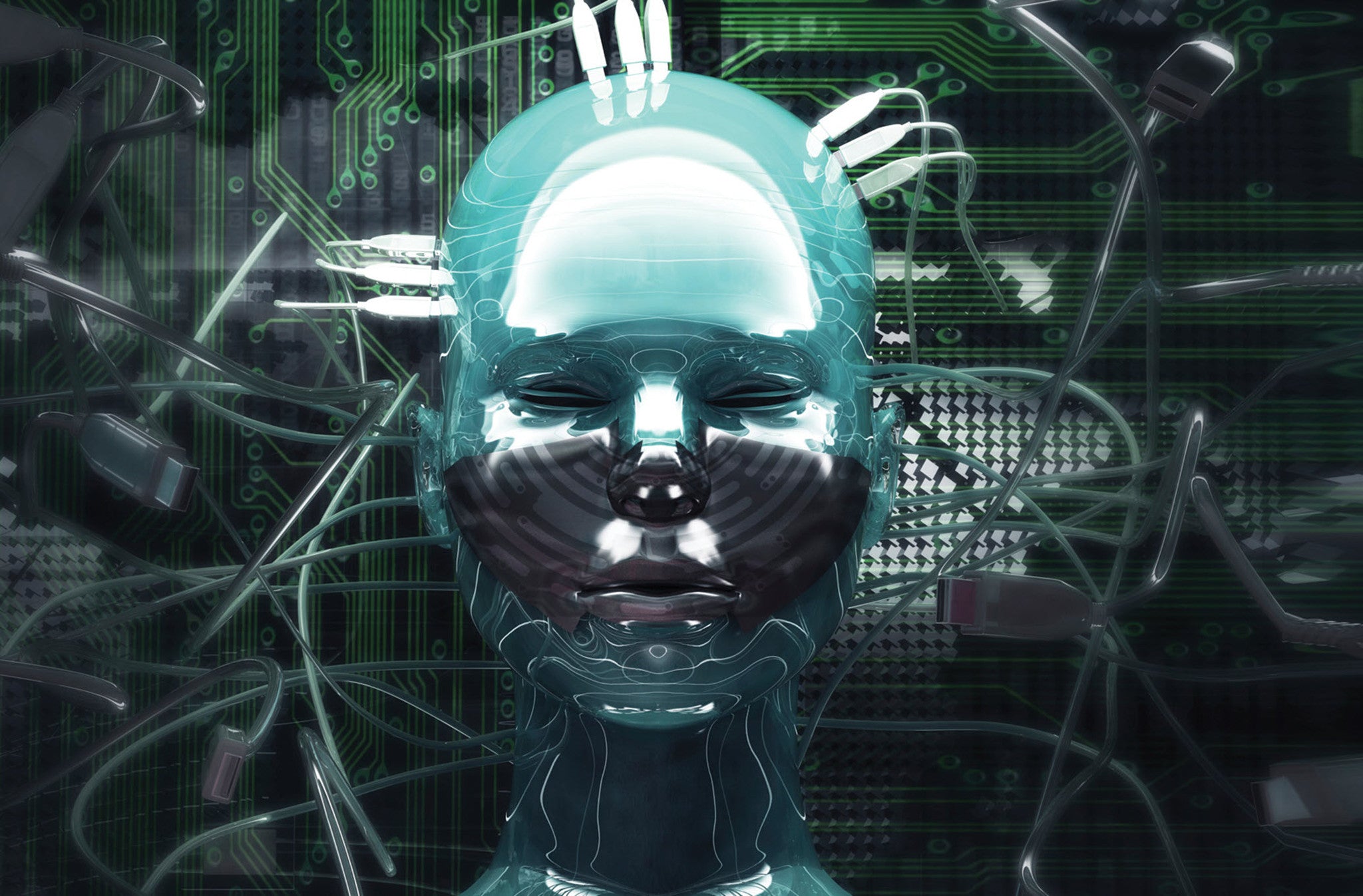Principles of Neurotheology

Neurotheology seeks to use the techniques of neuroscience to understand what is happening in the brain during religious activities and experiences like prayer and meditation, repentance, belief and confession. It employs various brain imaging techniques including Positron Emission Tomography (PET), functional Magnetic Resonance Imaging (fMRI) and Single Photon Emission Computed Tomography (SPECT), to see what changes occur in the brain when a person is having a ‘religious experience’ of some kind. The author, Andrew Newberg, is Director of Research at the Jefferson- Myrna Brind Center of Integrative Medicine. For many years he has been carrying out research using these technologies and has published several other books including How God Changes Your Brain (2009) and Why God Won’t Go Away: Brain Science and the Biology of Belief (with Eugene d’Aquili, MD, 2001). Some writers—including Newberg himself—are uncomfortable with the term ‘neurotheology’, but it has become so widely used to discuss ‘the interaction of the brain with religious experience’ that he accepts it, and this book, Principles of Neurotheology, is in part an attempt to lay out both ‘what neurotheology should be and what principles might guide it’ (Preface, ix). The book is, therefore, more programmatic than an attempt to answer any particular neurotheological questions. There are in fact fifty-four definitional, methodological, and epistemological principles set out. One emphasis of these principles reflects Newberg’s insistence that neuroscience be genuinely open to both the scientific and religious aspects of the field. He writes that for ‘neurotheology to be successful, science must be kept rigorous and religion must be kept religious’ (p2). For example, Principle VII states: Neuroscientific and theological perspectives must be considered to be comparable contributors to neurotheological investigations. In keeping with the emphasis on maintaining the input of both religion and science, the overarching goals of the book are to improve understanding of the mind and brain, to improve understanding of religion, and to improve the human condition, in terms of health, wellbeing, and spirituality (p18)—the latter being promoted in such principles as Principle XXXVII: Neurotheological research should seek information regarding the relationship between spirituality and health. Many of these principles are helpful, though some do little more than state the obvious, like Principle XIV: ‘…these pursuits should be kept as rigorous as possible’. So while Newberg does indeed achieve his aim of laying down ground rules for the study of neurotheology, the book could be considerably shorter.
A number of interesting ideas are thrown up in Newberg’s discussion which may impact Christian thinking. One such is the discussion of emotion in religion.
In some strands of Christian thought, religious emotion is held in suspicion, but certain physical ceremonial actions like bowing, lifting the hands or prostrating may elicit a response in a part of the brain called the amygdala that is associated with feelings of ‘religious awe’ and focussing the attention (pp162f ). During intense meditation, too, changes in activity of parts of the brain, particularly the superior parietal lobe, have been detected by PET. This has been identified as a region which provides ‘a sense of our self and a spatial relationship of that self to the world’. People seeking a ‘mystical union with God’ may have the experience of losing the boundary between themselves and their surroundings (p95). There are also findings that may offer insight into the process of religious conversion. It takes some time to bring about changes in neural connections and to do so might require frequent repetition (p111). So while the brain has some plasticity and is able to make a ‘spiritual shift’ such as that experienced in religious conversion, it is suggested that this may be facilitated by existing connections already in place that become activated and restored to our primary consciousness. Newberg’s book is really a guidebook for those who may want to undertake research in neuroethology, and will be of interest as such to a quite limited readership. While one blurb on the cover proclaims that the book contains everything a person might want to know about the link between theology and the neurosciences’, I disagree. I would have liked to have seen more evidence and discussion of experiments, but to be fair, except incidentally, for the purposes of the book. For those new to the field, one of Newberg’s earlier books may provide a better general introduction to the area, and be more readable. There are thought-provoking sections, but there is much other material to wade through to reach them.
Principles of Neurotheology is part of a growing literature exploring the relationship between religion and the brain, a literature in which many researchers are not themselves religious,at least—like Newberg—not in the sense of belonging to a particular religious tradition. (Newberg acknowledges that ‘a theistic perspective is not completely necessary to engage in neurotheology’ (p41)). It is important for Christians to keep in touch with what is happening in this field in order to be able to think carefully about the implications for Christianity and respond to any insights and challenges it throws up.
Leave a comment
Comments will be approved before showing up.



